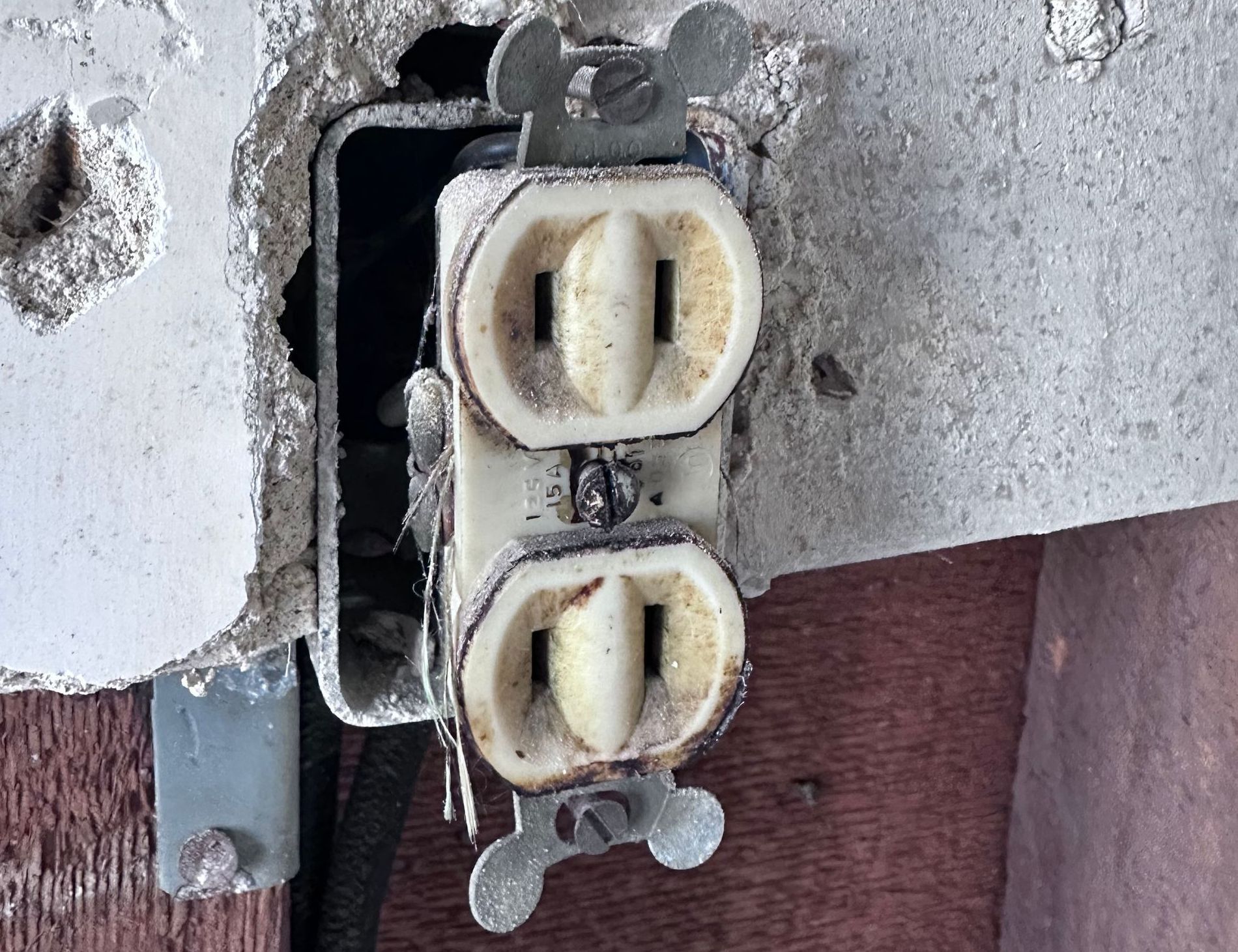Why You Should Upgrade Your Two-Pronged Outlets
Two-pronged outlets were once the standard in homes, but in today's modern world, they are inconvenient and pose a risk of electrical shock or fire. If you still have these ungrounded outlets in your home, you might be wondering if upgrading is worth the hassle. The truth is, replacing your two-pronged outlets should be at the top of your to-do list. Let’s dive into why upgrading to grounded three-prong outlets is a smart move for safety, convenience, and modern living.
Why Do Some Homes Still Have Two-Pronged Outlets?
Ever tried plugging in a three-pronged device only to realize your home still has outdated two-pronged outlets? You’re not alone. Common in homes built before the 1960s, these outlets have only two slots—one for the hot wire and one for the neutral wire. What’s missing? A grounding wire. Without it, your electrical system lacks a critical safety feature that helps prevent shocks and protects appliances from power surges.
Are Two-Pronged Outlets Actually Dangerous?
Short answer? Yes. Here’s why:
Increased risk of electrical shocks – If an appliance malfunctions, the excess electricity has nowhere to go, meaning you could get zapped.
No protection from power surges – Your expensive electronics are more vulnerable to damage if your outlets aren’t grounded.
Potential fire hazards – Without proper grounding, faulty wiring or an electrical surge could increase the risk of fire.
So, while your old-school outlets might still technically work, they pose real dangers that shouldn’t be ignored.
If you’re thinking about making the switch, you have a few options:
Upgrade to a Three-Prong Outlet with Proper Grounding
The best way to future-proof your home is by replacing outdated outlets with modern, grounded three-prong outlets. This upgrade typically requires running a ground wire to ensure everything is up to code.
Install a GFCI Outlet as an Alternative
If rewiring isn’t in the budget, a Ground Fault Circuit Interrupter (GFCI) outlet is a great alternative. While it won’t provide true grounding, it shuts off power if it detects a ground fault, making it much safer than an ungrounded outlet.
Use a Plug Adapter (But Think Twice Before Doing This)
You might be tempted to use a simple two-to-three-prong adapter, but this isn’t a real solution. It won’t provide true grounding, meaning you’re not actually solving the safety issue. At best, it’s a temporary fix—not a long-term one.
Do You Have to Upgrade?
If you live in an older home, you’re probably not legally required to replace your two-prong outlets unless you’re doing major electrical work. However, if you’re planning to sell your home, modern buyers (and home inspectors) will likely flag ungrounded outlets as a concern. Plus, upgrading your outlets and properly grounding your electrical system can improve safety and even add value to your home.
How Much Does It Cost to Upgrade?
The cost of replacing your two-pronged outlets depends on a few factors:
- How many outlets need replacing
- Whether or not there’s existing ground wiring
- Labor costs for an electrician
- On average, upgrading a single outlet can cost between $100–$300, but rewiring an entire home for proper grounding can be a more significant investment. That said, the peace of mind and safety improvements make it well worth considering.
Final Thoughts: Understanding Your Next Steps
Upgrading from two-pronged outlets to grounded alternatives is an important step in improving your home’s electrical safety. While it may require some investment, it enhances protection for your appliances and reduces risks associated with outdated wiring. If you're unsure about your options, consulting with an electrician can help you determine the best approach for your home.

